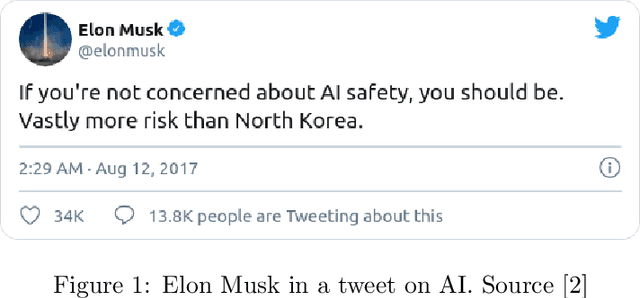Knowledge Generation -- Variational Bayes on Knowledge Graphs
Paper and Code
Jan 21, 2021



This thesis is a proof of concept for the potential of Variational Auto-Encoder (VAE) on representation learning of real-world Knowledge Graphs (KG). Inspired by successful approaches to the generation of molecular graphs, we evaluate the capabilities of our model, the Relational Graph Variational Auto-Encoder (RGVAE). The impact of the modular hyperparameter choices, encoding through graph convolutions, graph matching and latent space prior, is compared. The RGVAE is first evaluated on link prediction. The mean reciprocal rank (MRR) scores on the two datasets FB15K-237 and WN18RR are compared to the embedding-based model DistMult. A variational DistMult and a RGVAE without latent space prior constraint are implemented as control models. The results show that between different settings, the RGVAE with relaxed latent space, scores highest on both datasets, yet does not outperform the DistMult. Further, we investigate the latent space in a twofold experiment: first, linear interpolation between the latent representation of two triples, then the exploration of each latent dimension in a $95\%$ confidence interval. Both interpolations show that the RGVAE learns to reconstruct the adjacency matrix but fails to disentangle. For the last experiment we introduce a new validation method for the FB15K-237 data set. The relation type-constrains of generated triples are filtered and matched with entity types. The observed rate of valid generated triples is insignificantly higher than the random threshold. All generated and valid triples are unseen. A comparison between different latent space priors, using the $\delta$-VAE method, reveals a decoder collapse. Finally we analyze the limiting factors of our approach compared to molecule generation and propose solutions for the decoder collapse and successful representation learning of multi-relational KGs.
 Add to Chrome
Add to Chrome Add to Firefox
Add to Firefox Add to Edge
Add to Edge